What’s Left Out of the Conversation When it Comes to Urban Agriculture
Food Tank
JUNE 14, 2024
Urban agriculture can take on many different forms including, but not limited to, community gardens, urban farms, greenspaces, bioswales, rain gardens, community composting, beekeeping, and aquaculture. Many utilize regenerative growing and composting to maintain healthy crop life cycles from seed to harvest and foster healthy soils.


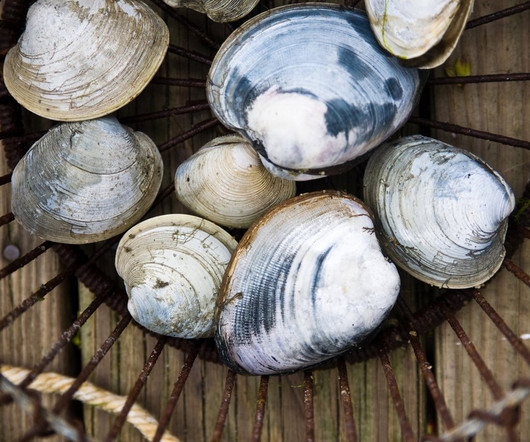
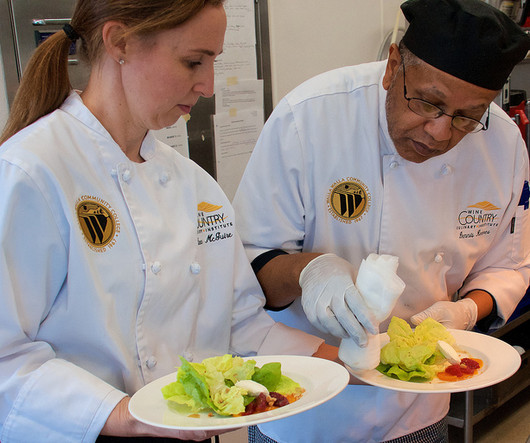

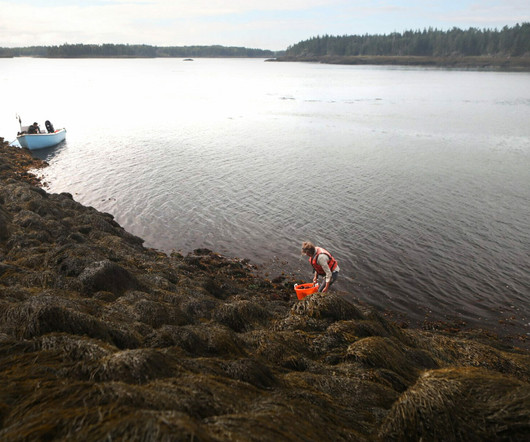

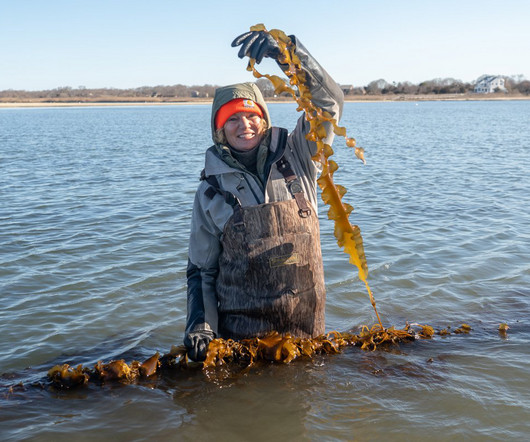

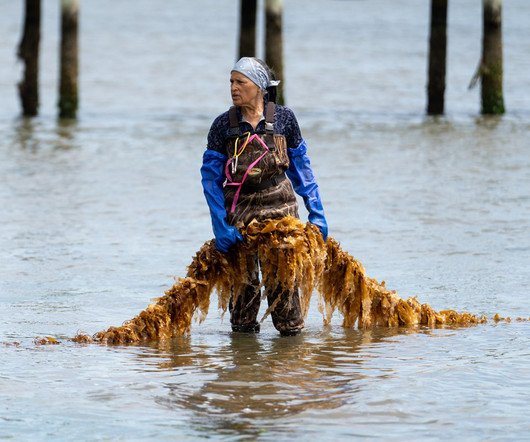








Let's personalize your content